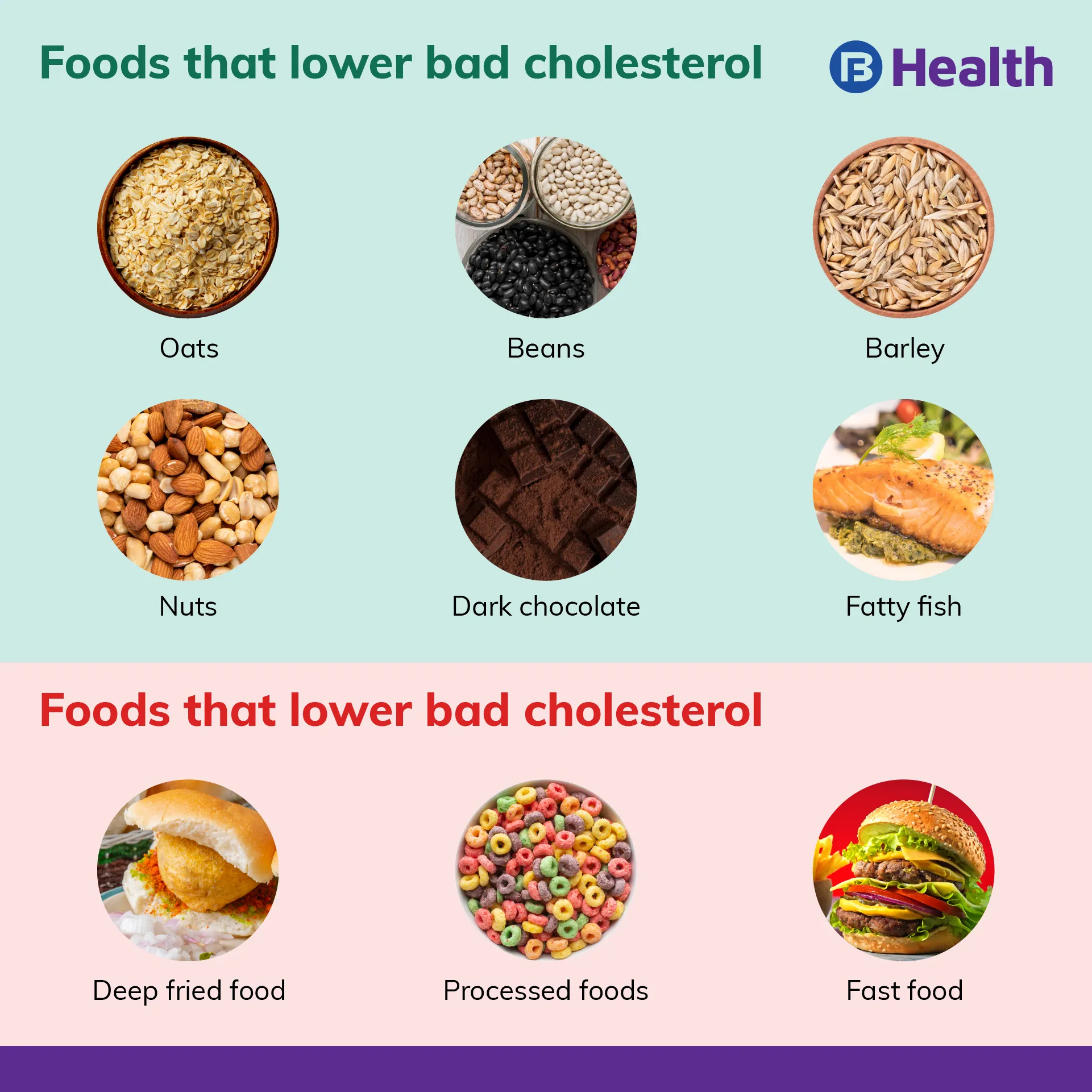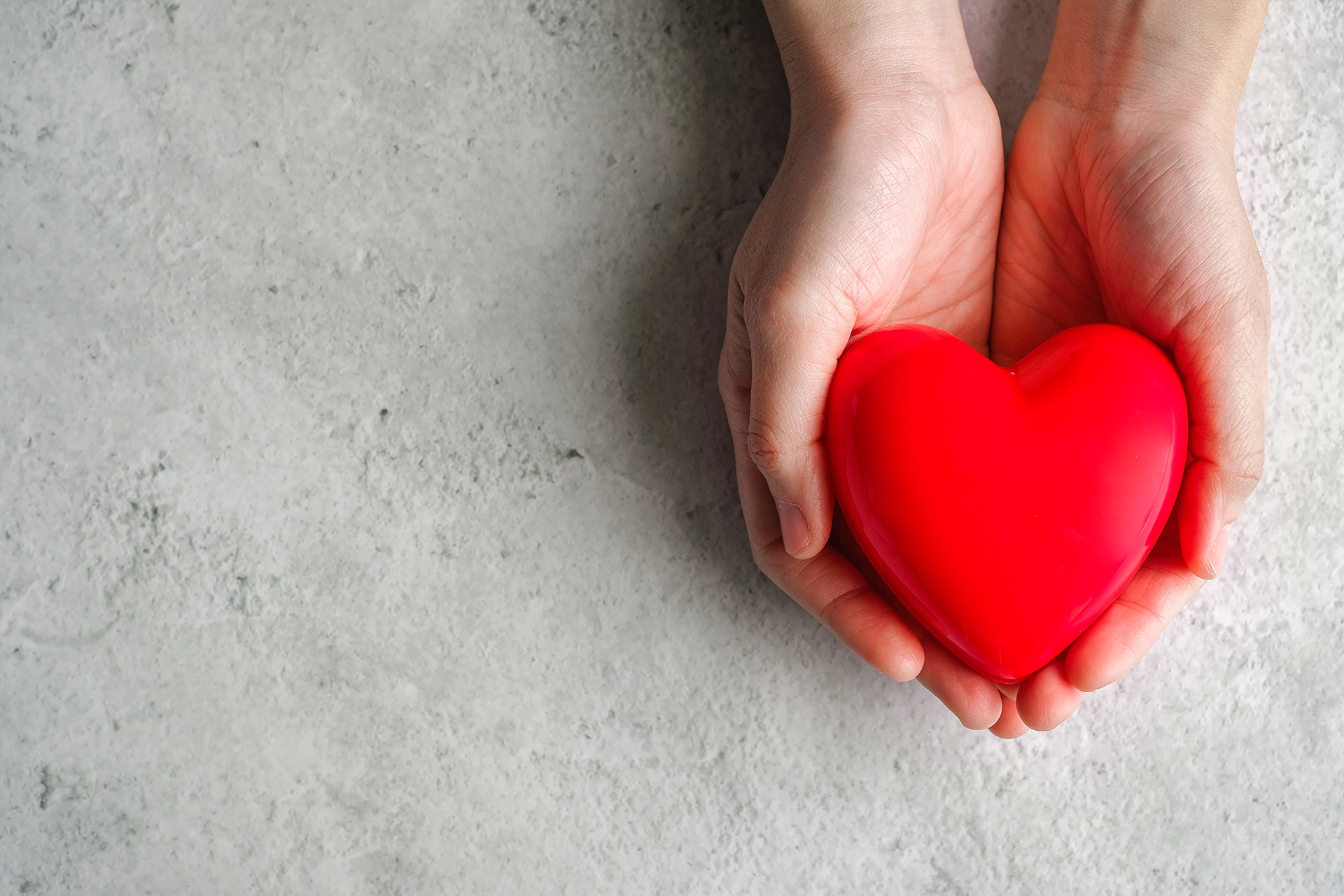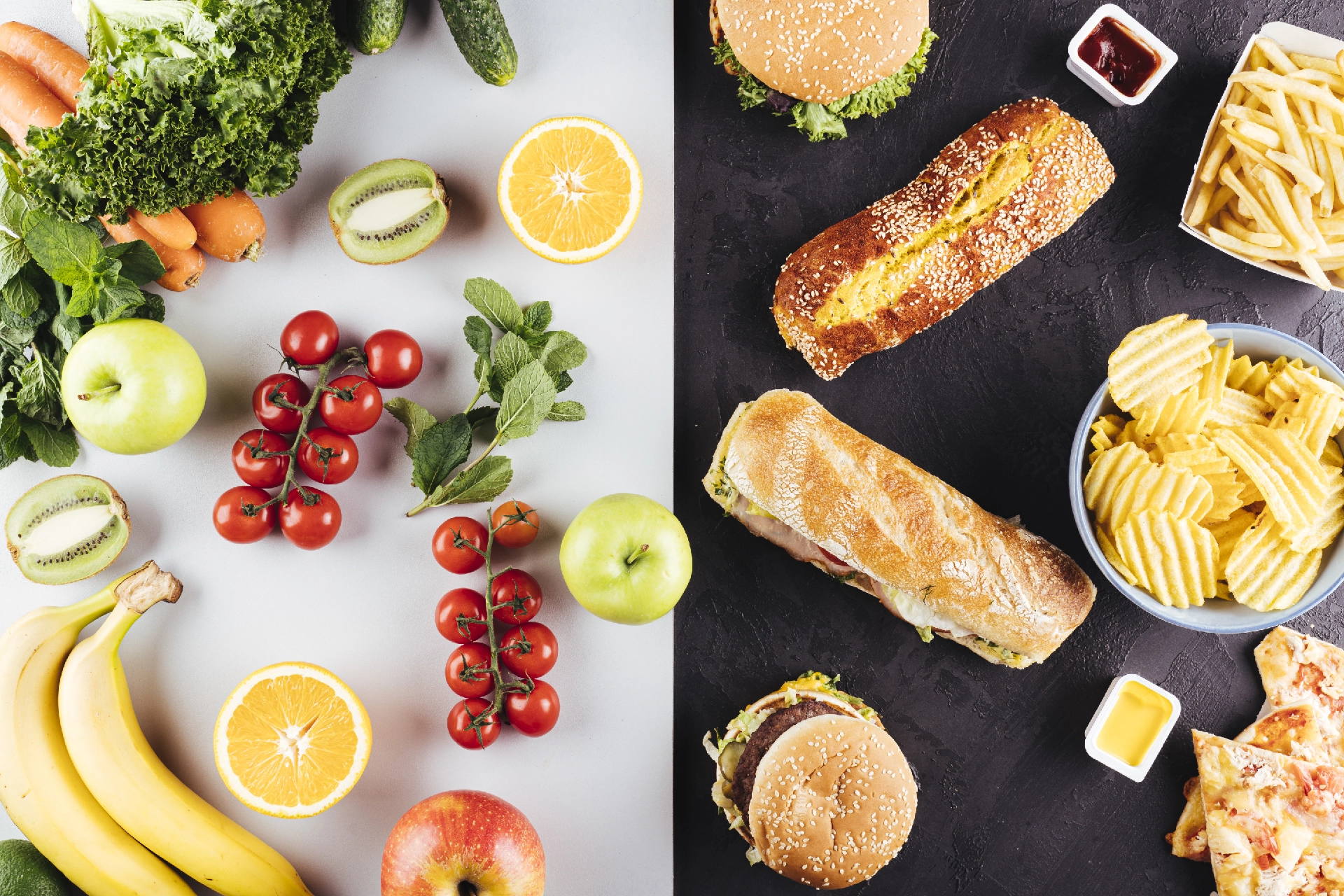Critical Care Medicine | 7 min read
Learn About Cholestrol Types: LDL, HDL, Triglycerides and Total
Medically reviewed by
Table of Content
Key Takeaways
- Cholesterol is of two types: HDL or good cholesterol and LDL or bad cholesterol
- High cholesterol has no visible symptoms, so screening regularly is important
- You can control and prevent cholesterol with a healthy diet and regular exercise
Cholesterol is essentially a lipid. It is a waxy substance that courses through the blood in your body with the help of lipoproteins. While cholesterol has a bad reputation, it is needed by your body to create healthy cells, produce certain hormones, generates vitamin D, and even for the efficient digestion of food.
However, the liver produces all the cholesterol that your body needs for these functions. When your diet also contributes to cholesterol levels, it can culminate in high cholesterol. This effect is typically associated with a diet comprising high trans fats, saturated fats, and foods that have a significant cholesterol component. It is aggravated further by inactivity, excessive consumption of alcohol, and smoking.
When levels aren’t managed, cholesterol lines your arteries causing plaque formation. Over time this can result in a stroke, heart attack, high blood pressure, chronic kidney diseases, and other illnesses. So, it’s important to make yourself aware of all aspects of this condition, from cholesterol types and high cholesterol symptoms to treatment and prevention. Keep reading to learn more.
Types of Cholesterol
There are mainly four types of cholesterol:
Total cholesterol
LDL (Low-density lipoprotein cholesterol). It is also referred to as "bad" cholesterol
HDL (High-density lipoprotein cholesterol). It is also referred to as "good" cholesterol
Triglycerides are fats we get from our food and get carried in the blood. Triglycerides are created when extra calories, alcohol, or sugar are consumed and stored in fat cells all over the body.
Mentioned above are the types of cholesterol in the human body.
LDL (Bad) Cholesterol
LDL or Low-Density Lipoprotein is one of four cholesterol types. It is known as bad cholesterol because it takes cholesterol straight to your arteries. Cholesterol build-up in your arteries is referred to as cholesterol plaque. Not only does this increase blood pressure, but also puts you at risk of clots that can cause a heart attack or stroke. As cholesterol is closely linked to food, here are foods you should and shouldn’t eat for LDL cholesterol.
Foods that lower LDL cholesterol:
- Oats
- Beans
- Barley
- Nuts
- Dark chocolate
- Fatty Fish
Foods that increase LDL cholesterol:
- Deep fried food
- Processed foods
- Fast food
All three are rich in trans fats, a substance that is directly linked to higher LDL levels.
HDL (good) cholesterol
HDL or High-Density Lipoproteins are known as good cholesterol because they work towards undoing the damage caused by LDL or bad cholesterol. HDL cholesterol guides LDL cholesterol back to the liver from where it can be expelled from the body. Adequate HDL levels also prevent plaque from restricting arteries, thereby reducing your risk of strokes or heart attacks.
Foods that boost HDL cholesterol:

- Olive oil
- Eggplant
- Purple cabbage
- Prunes
- Apples
- Pears
- Legumes
While it’s good to elevate HDL levels, simultaneously work on lowering LDL cholesterol levels. This will better your overall HDL to LDL ratio and benefit you immensely.
Triglycerides
Triglycerides are a type of lipid (fat) found in the blood. They originate from food, particularly in the oils, butter, and other fats you consume. Triglycerides may be high if you routinely consume more calories than you burn, especially from foods high in carbohydrates (hypertriglyceridemia).
Your body gets its energy from triglycerides, which also store extra calories. High triglyceride levels may factor in the thickening or hardening of the artery walls (arteriosclerosis), which raises the risk of heart disease, heart attack, and stroke. Pancreatic acute inflammation can also result from very high triglycerides (pancreatitis).
Total Cholesterol
The sum of all the different cholesterol types in your blood is known as total cholesterol. It is the sum of your blood's "good" (high-density lipoprotein, or HDL) and "bad" (low-density, or LDL) cholesterol levels. The measurement is compared to your HDL result to assess your heart disease and stroke risk.
This comparison is significant because it shows whether or not LDL, the type of cholesterol in the body that can accumulate in your arteries and result in blockages, predominates in your body. It uses different types of cholesterol. Doctors use this level to assess the risk of heart disease and the most effective treatment options.
The formula for deriving it is HDL + LDL + 20% triglycerides [1].
Additional Read: A Handy Low Cholesterol Diet Plan
Symptoms of Cholesterol
Cholesterol symptoms don’t really exist. Cholesterol is a silent illness that can culminate into heart conditions and strokes in extreme cases, after it has had time to form plaque on arterial walls. Therefore, in the absence of high cholesterol symptoms, the best way to diagnose the condition is to get tested for it regularly, say once few years.
How to Diagnose Cholesterol
A simple blood test is used to diagnose cholesterol. It is often known as a cholesterol test or lipid profile, and gives the doctor an overview of your levels. Typically, it presents the following information:
- Total cholesterol
- LDL cholesterol
- HDL cholesterol
- Triglycerides
- Non-HDL cholesterol (Total cholesterol less HDL cholesterol)
- HDL to LDL ratio
You are usually asked to fast for around 12 hours before the cholesterol test. Once you visit the doctor or diagnostic clinic, a technician will draw blood from your arm and send it to a lab for testing. Thereafter, you will receive results in a day or so.
Cholesterol Treatment and Prevention
Primarily, cholesterol treatment focusses on making dietary and other lifestyle changes. A lifestyle that eliminates unhealthy habits, includes exercise and focuses on fresh, healthy foods goes a long way in controlling cholesterol. If you also require to lose weight, a doctor may make stricter recommendations, such as giving you a diet plan and exercise regime to follow. In some cases, doctors also prescribe a class of medicines known as statins to block the production of cholesterol.
To prevent high cholesterol, simply follow the principles of a healthy lifestyle.
Eat Healthy
Ensure that your diet primarily comprises fresh vegetables, leafy greens and fruits. Limit your intake of high-fat dairy products such as butter and cheese, high-sodium foods, as well as red meat, deep fried food and fast food owing to their high trans fat content. As far as possible eat fibre-rich foods in addition to those that lower LDL and promote HDL levels.
Know Your Family History
If your family has a history of high cholesterol, you’re at risk of being diagnosed with high cholesterol too. This also applies if you have diabetes or obesity. As there are no cholesterol symptoms to warn you, once you identify the risk factors contact a doctor and understand the best lifestyle for you.
Exercise Regularly
Studies suggest that if you’re overweight, losing even 5–10% of your weight can make a significant difference to your cholesterol levels. Moreover, about 30 minutes of exercise, 5 days a week helps boost HDL levels in all, not just those who are obese. This makes it an excellent way to prevent high cholesterol.
Quit Smoking
Smoking affects your arteries significantly. One of the ways it makes you susceptible to cholesterol is that it roughens arterial walls. This makes it easier for cholesterol to cling to the walls, and in turn accelerates plaque formation. This is why one of the best things you can do to prevent cholesterol is to stop smoking.
As you now know, cholesterol symptoms are next to none. By the time it presents itself in the form of a heart attack or stroke, it poses a serious threat to your life. Therefore, if you’re over the age of 20 years, consult with a doctor and check your cholesterol levels regularly.
Bajaj Finserv Health is your one-stop solution to book an e-consult or physical appointment with the best doctor in your city in seconds. Moreover, it gives you access to discounts and offers in addition to medicine reminders and health plans. Use Bajaj Finserv Health to stop worrying about finding a reliable medical practitioner and take charge of your health.
FAQ
Which is better LDL or HDL cholesterol?
LDL is generally regarded as "bad" cholesterol, while HDL as "good." It is so that cholesterol can be removed from your bloodstream and prevented from accumulating in your arteries by HDL, which transports cholesterol to your liver. On the contrary, LDL carries cholesterol right to your arteries.
Which cholesterol is more harmful?
The walls of your blood vessels can eventually become clogged with high levels of low-density lipoprotein (LDL), making the passageways smaller. Sometimes a clot can form and get stuck in the constricted area, causing a heart attack or stroke. LDL cholesterol is frequently referred to as "bad" cholesterol due to this reason.
Does stress raise cholesterol?
Stress can cause a rise in cholesterol (the fatty substance found in your cells). Cortisol is released in response to mental and physical stress, raising blood pressure and heart rate. The result of this combination is high cholesterol levels.
Does walking help cholesterol?
Your "good" cholesterol increases while your "bad" cholesterol decreases when you walk. You can increase your "good" cholesterol (HDL) and reduce your "bad" cholesterol (LDL) by a few points with just three brisk 30-minute walks per week. This much exercise can lower cholesterol levels.
References
- https://www.ncbi.nlm.nih.gov/pmc/articles/PMC3125015/
- https://pubmed.ncbi.nlm.nih.gov/26011257/
Disclaimer
Please note that this article is solely meant for informational purposes and Bajaj Finserv Health Limited (“BFHL”) does not shoulder any responsibility of the views/advice/information expressed/given by the writer/reviewer/originator. This article should not be considered as a substitute for any medical advice, diagnosis or treatment. Always consult with your trusted physician/qualified healthcare professional to evaluate your medical condition. The above article has been reviewed by a qualified doctor and BFHL is not responsible for any damages for any information or services provided by any third party.





